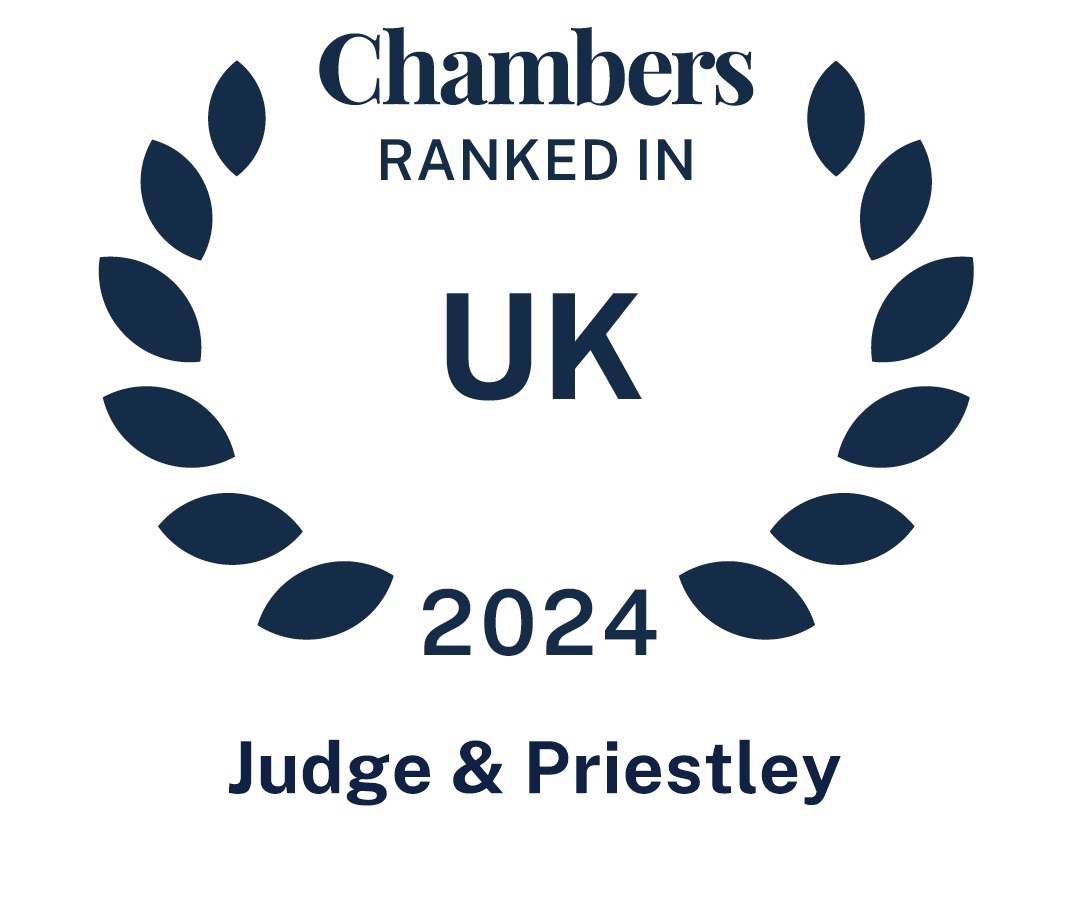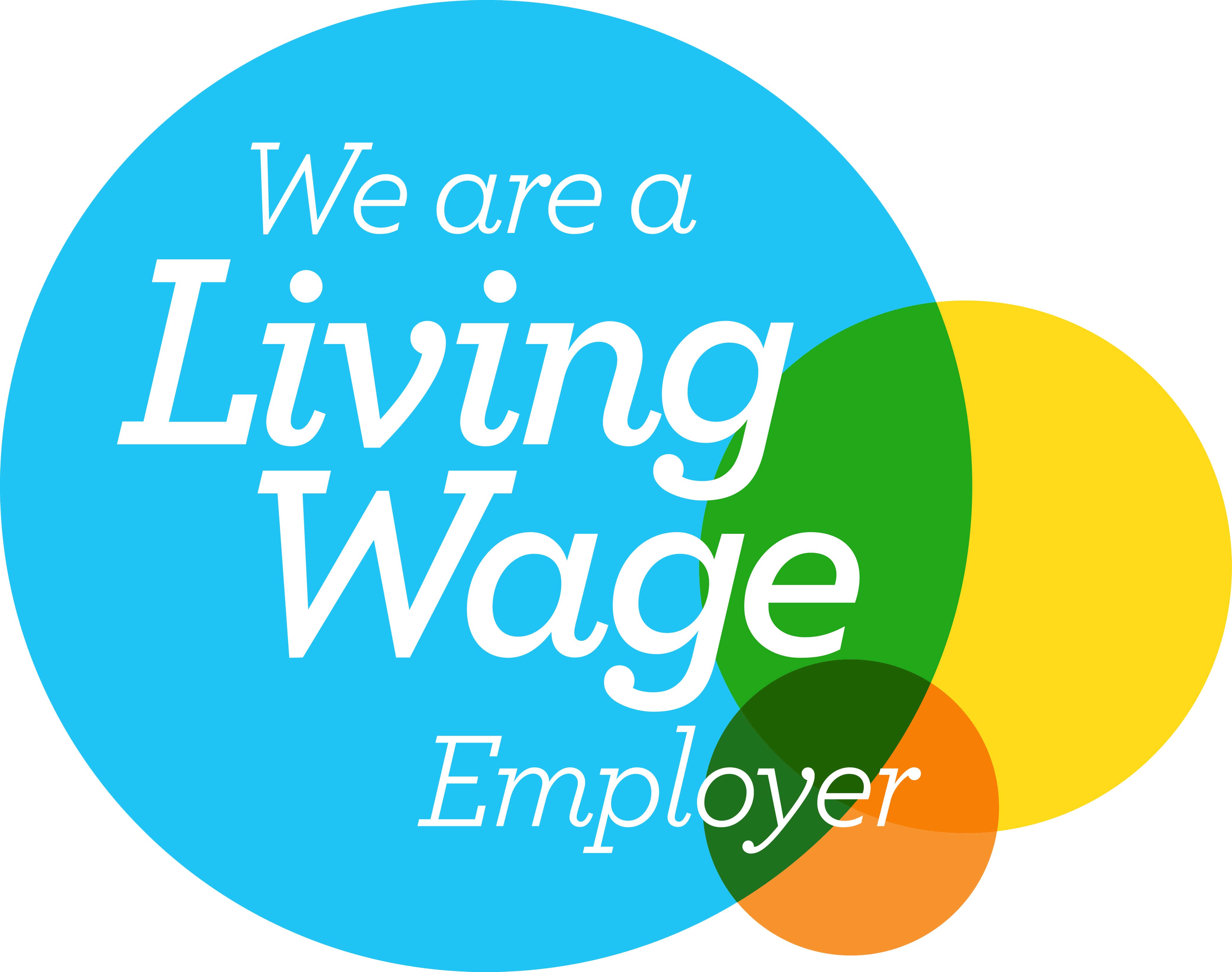- Bromley020 8290 0333
Leaseholder not entitled to extend downwards beneath her home
The leaseholder of a maisonette has been prevented from extending her home by digging down into the subsoil beneath her cellar.
The High Court held that the general presumption of being allowed to develop a property upwards did not automatically apply to developments going the other way.
The case involved a house which had been divided into two separate maisonettes.
The leaseholders of the ground floor property wanted to develop their cellar and turn it into a living room. It was only 5 feet high so it would be necessary to dig down another four feet. They obtained planning permission, but the freeholders, who lived in the maisonette above, opposed the development.
They were granted a declaration that the lease of the ground floor maisonette did not transfer the subsoil to the leaseholders.
The High Court upheld that decision. It held that different considerations arose for the use of subsoil below a house, as opposed to the use of space above it.
The main point was that the subsoil was key to the stability of the whole building; if the foundations became unstable, the whole building was threatened, unlike the roof.
Secondly, subsoil was not visible and open to the elements, as the roof was. A problem with it would not be so easily noticed at an early stage. Those factors meant that the authorities concerning airspace could not be applied to the subsoil without further consideration.
In this case, the lease on the maisonette extended to the ground floor, including all parts of the building, but did not include the subsoil, because the subsoil was not part of the building.
The lease reserved to the freeholder, as landlord, the right to services through conduits in or under the premises.
Whilst it might well be a reasonable use of natural resources to seek to create extra living space by digging down only a few feet, that could only take place within the context of the legal rights which had been decided by the parties when the lease was drawn up.
This meant that what mattered was not what was reasonable in the circumstances, but what was stipulated by the freeholder. The lease did not include the subsoil beneath the building.
Please contact us if you would like more information about the issues raised in this article or any aspect of commercial property law.









